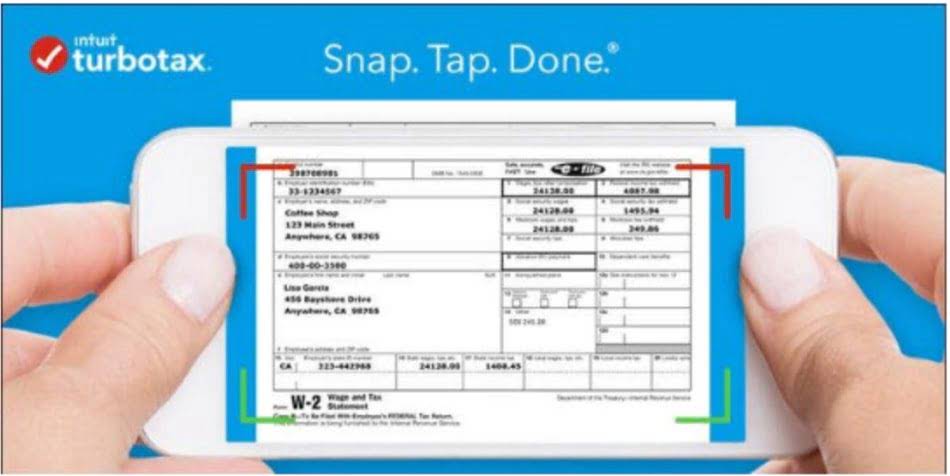
The historical cost method is used for recording the acquisition of assets in the U.S. under GAAP (Generally Accepted Accounting Principles). Applying the cost principle can present challenges, particularly in industries where asset values fluctuate significantly. For example, companies in the real estate or technology sectors may find that the historical cost of their assets does not accurately reflect current market conditions. In such cases, supplementary disclosures or alternative valuation methods may be necessary to provide a more comprehensive view of a company’s financial position.
- The Cost Principle is particularly relevant for businesses that deal with fixed assets such as property, equipment, and machinery.
- As such, it’s important for users of financial statements to understand the limitations of the cost principle and, when necessary, seek additional information to complement their analysis.
- Most of the public-owned companies apply GAAP in accounting; it is a requirement that they also use historical cost principle.
- Generally Accepted Accounting Principles (GAAP) are a set of accounting and financial reporting standards used by companies in the United States when they prepare their financial statements.
205-18 Independent research and development and bid and proposal costs.
Defined-benefit pension plan means a pension plan in which the benefits to be paid, or the basis for determining such benefits, are established in advance and the contributions are intended to provide the stated benefits. Actuarial valuation means the determination, as of a specified date, of the normal cost, actuarial accrued liability, actuarial value of the assets of a pension plan, and other relevant values for the pension plan. The cost principle is also known as the historical cost principle and the historical cost concept. Five years later, the van might only be worth $10,000 due to depreciation (wear and tear, age, mileage, etc.). Despite this decrease in market value, the cost principle dictates that the van remains on the company’s books at its original https://www.bookstime.com/ cost of $25,000. In this article, we’ll break down the cost principle, explain why it’s important, and discuss how it affects the way businesses handle their financial reporting.
Related AccountingTools Courses

This principle is essential in financial decision making to ensure optimal use of resources and maximization of profit. Despite its numerous benefits, the Cost Principle presents challenges such as addressing asset revaluation during inflationary periods, managing intangible assets, and navigating complex transactions. However, companies and accounting professionals need to remain aware of developments in accounting standards and consider alternative methods when appropriate. Furthermore, the Cost Principle does not capture the potential obsolescence or impairment of assets. Technological advancements or changes in market demand may render certain assets obsolete or impaired. However, under the Cost Principle, these assets are still recorded at their original cost and may not reflect their diminished value or usability.
Asset Depreciation
- The printer was bought on June 25, 2016 and the cost of the printer was $1,350; however, the invoice was received on June 28, 2016.
- Generally, the Cost Principle applies to all assets, but there are a few exceptions.
- R. Hermason, J. Edwards, M. Maher (R. Hermason, J. Edwards, M. Maher 2010, p. 260) state that accountants prefers the term exchange-price principle than cost principle.
- Costs of idle facilities or idle capacity means costs such as maintenance, repair, housing, rent, and other related costs; e.g., property taxes, insurance, and depreciation.
- (ii) If allocations of IR&D or B&P through the G&A base do not provide equitable cost allocation, the contracting officer may approve use of a different base.
Be sure to check out our resource hub for everything finance and business related. The cost principle is more important to income summary a company for historical purposes. This is because the price you purchased an asset at may not be the fair market value to another person.

BAR CPA Practice Questions: Calculating Research and Development Costs
It is advisable to record your assets as per fair market value rather than the actual cost that might fluctuate. It becomes easier to differentiate the cost of assets from the asset value. All you need to know in order to use cost accounting is how much you paid for an asset. The IRS outlines depreciation schedules for taxpayer use, and a trained accountant can also implement them.
- Adjustments may need to be made to the financial statements to reflect the correct amount of expenses capitalized for tax purposes.
- Because the cost principle is commonly used, and often required, most accounting software enables it.
- Even though the car is technically worth $30,000, the company records the cost on the balance sheet of $23,000 because that this is the amount that was actually paid for the car.
- This ensures your assets are based on their initial costs versus their market value over time.
- The cost principle becomes impractical when you have assets that appreciate in value.
The cost principle is one of the basic underlying guidelines in accounting. The Cost-Benefit Principle is a fundamental concept in economics and decision-making that states that an action or decision should only be taken if the benefits derived from it outweigh the costs incurred. In other words, a rational decision-maker should pursue an action, project, or investment only when the additional (marginal) benefits are greater than or equal to the additional (marginal) costs.

Cost Principle – A Principle of Financial Accounting

This helps them make decisions about whether to buy equipment new or secondhand based on how the value of that equipment is likely to change in the future. The cost principle is a popular accounting method because it’s simple, straightforward and conservative. It lets businesses easily identify, verify and maintain expenses over time — without having to update the value of assets as often. The cost principle is an important part of financial reporting, as it encompasses the value of a business asset. By recording the cash value of an asset the cost principle is used: when it is acquired, you’ll understand its fixed value rather than mapping its worth over time.
- In these cases, investors may be more interested in a company’s market value than its book value.
- Its reliability lies in providing a grounded basis for financial reporting, upon which companies can build further narratives about market dynamics.
- This valuation method can be used when the inventory consists of unique or high-value items, such as art or jewelry.
- When using the cost principle, costs are verified by their entries on the books.
- The principle also applies in cases where companies purchase inventory, as it allows them to record the cost of goods sold accurately.
- It has provided a consistent framework for companies to report their financials, and it has helped to ensure that financial statements are reliable.
One of the primary advantages of the cost principle is its simplicity. It provides a clear and straightforward method for recording transactions, which is particularly beneficial for small businesses and organizations with limited accounting resources. The original purchase price is a concrete figure, easily traceable through invoices and receipts, making it less prone to manipulation or error. Another drawback of the Cost Principle is that it does not consider the impact of inflation.
